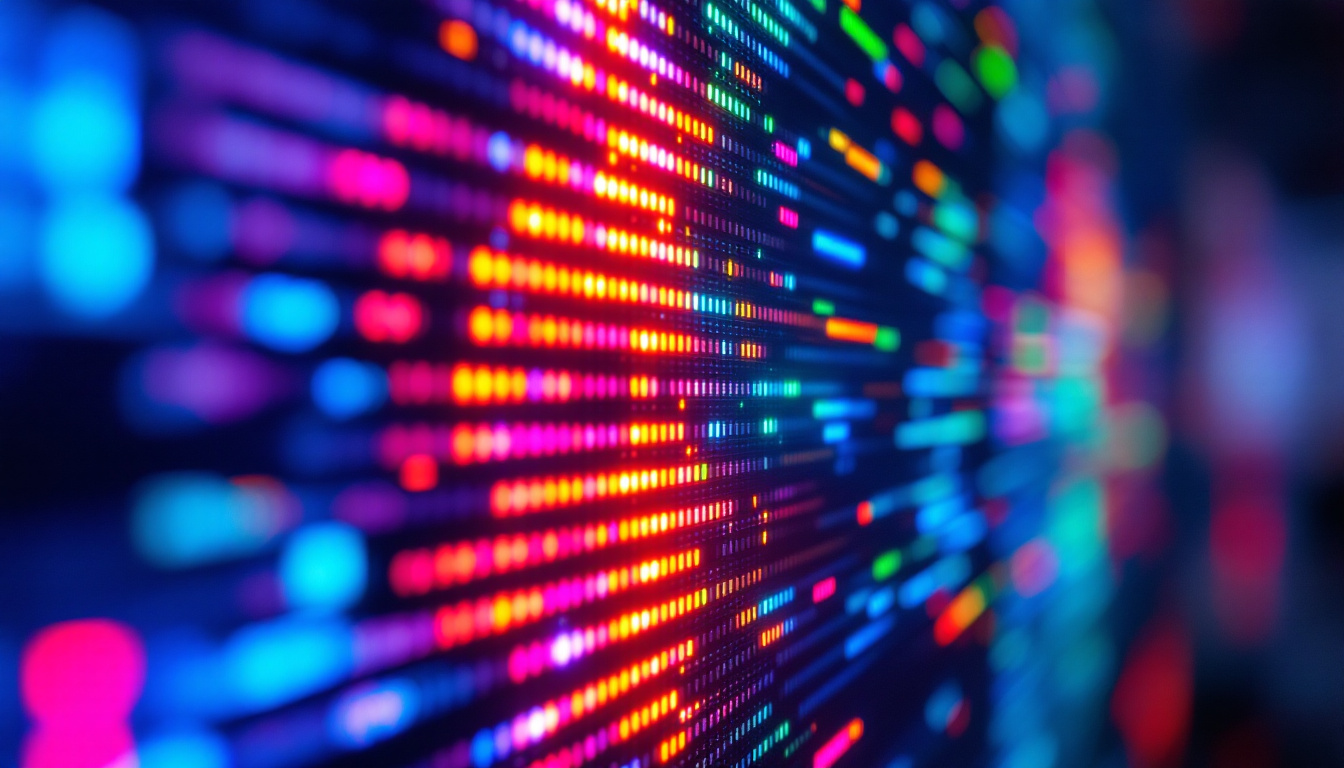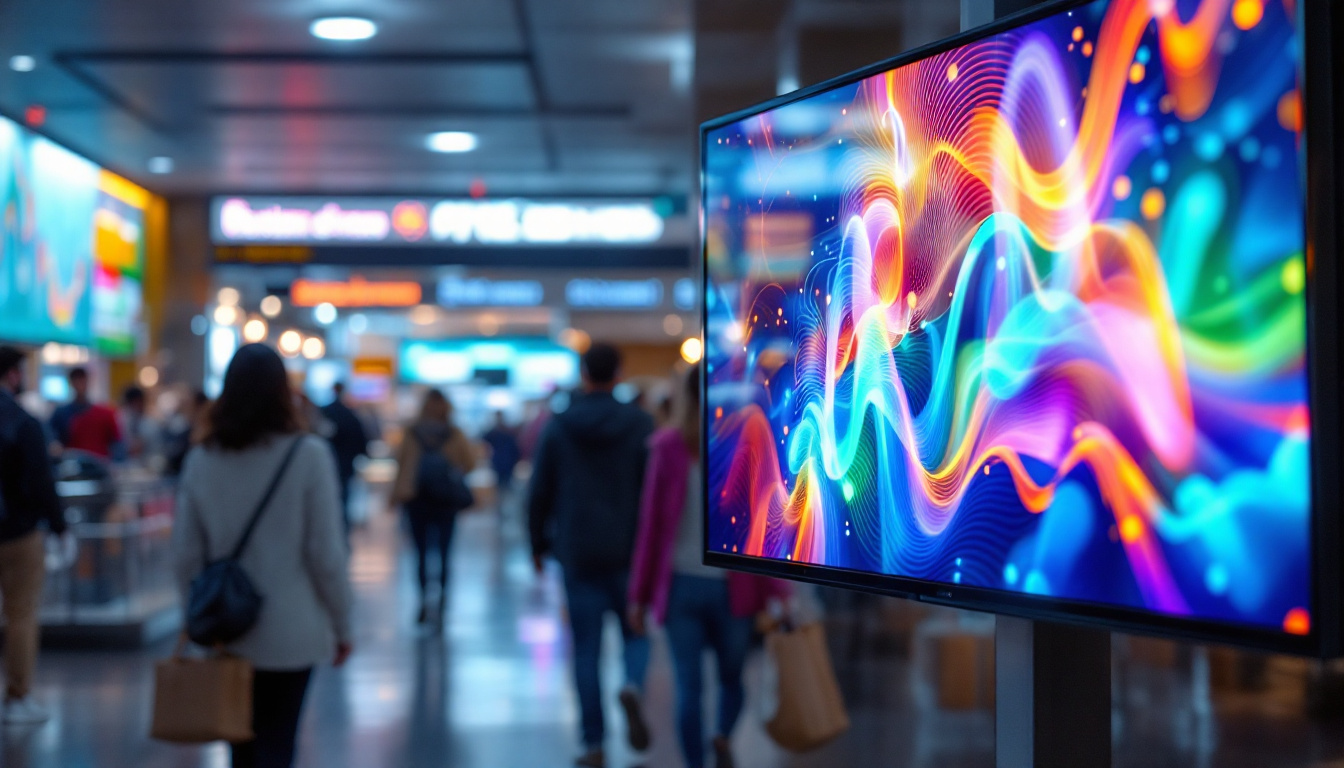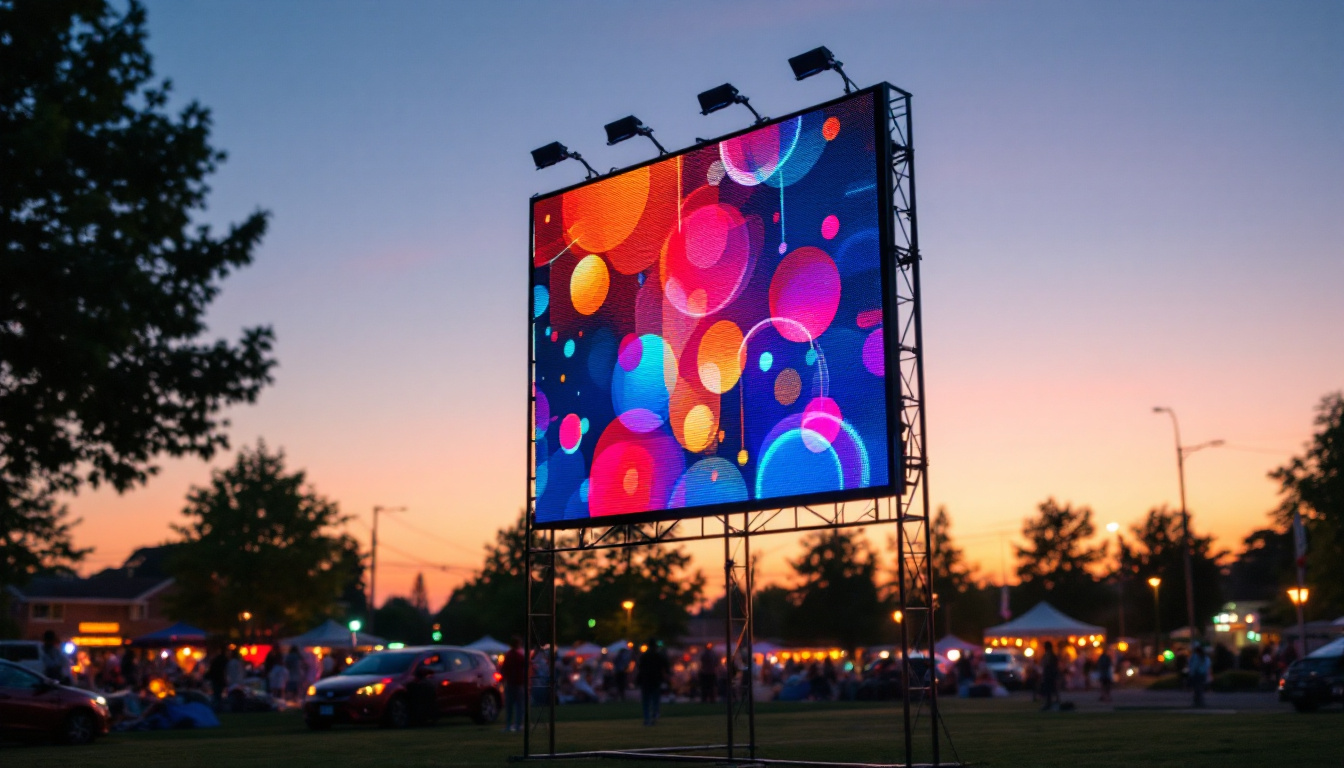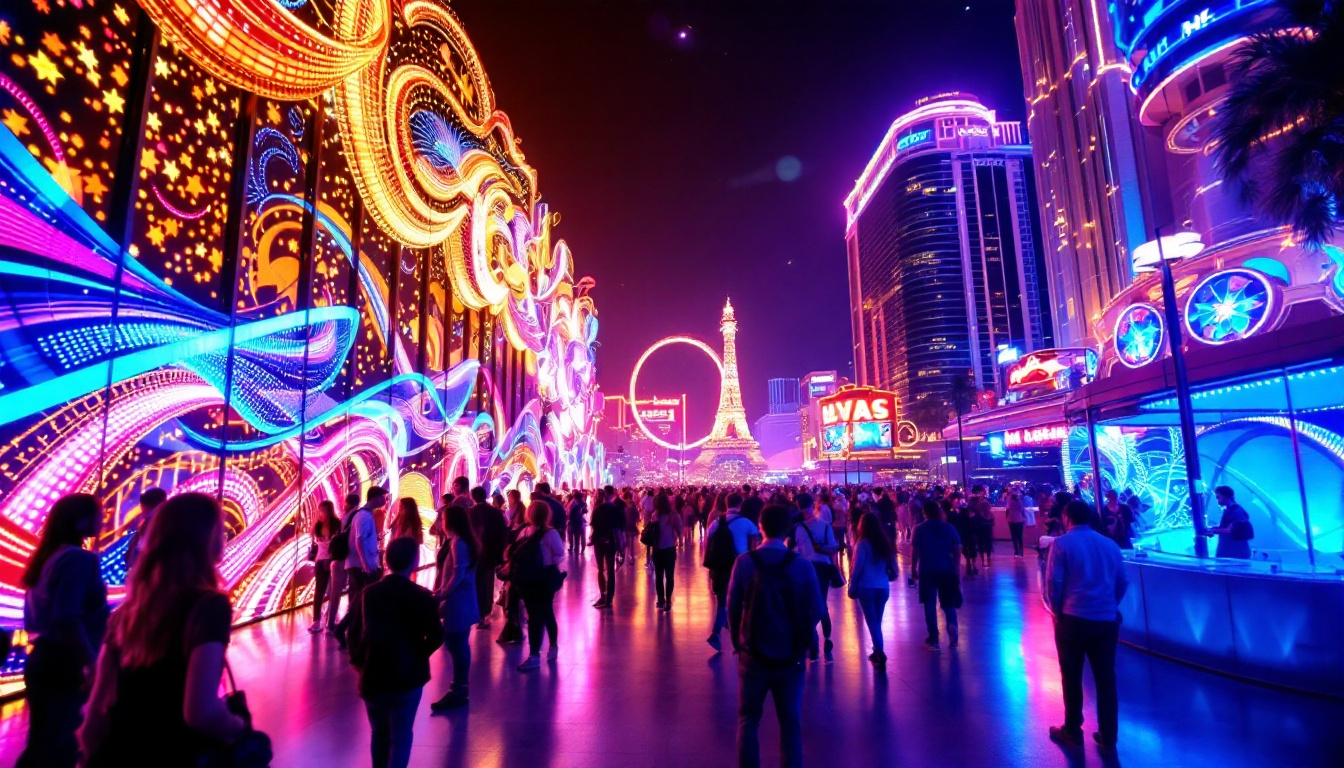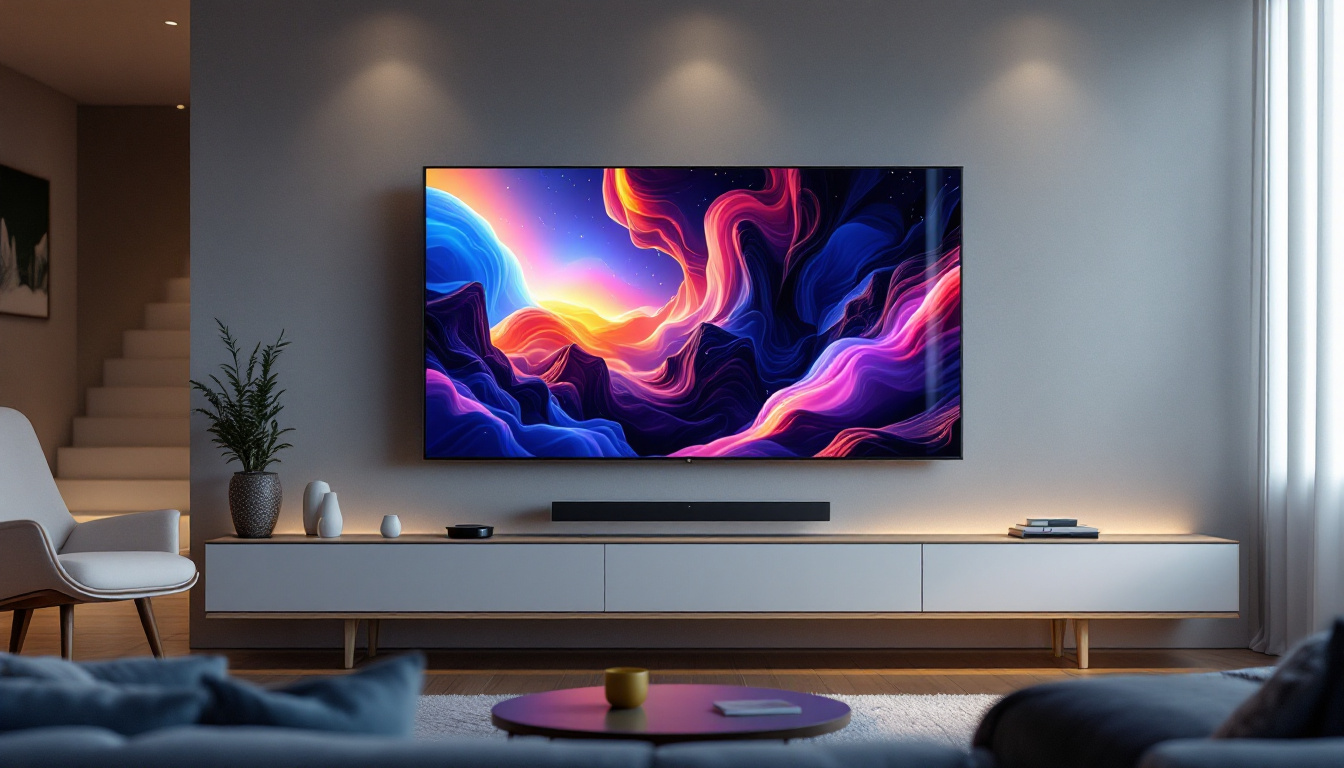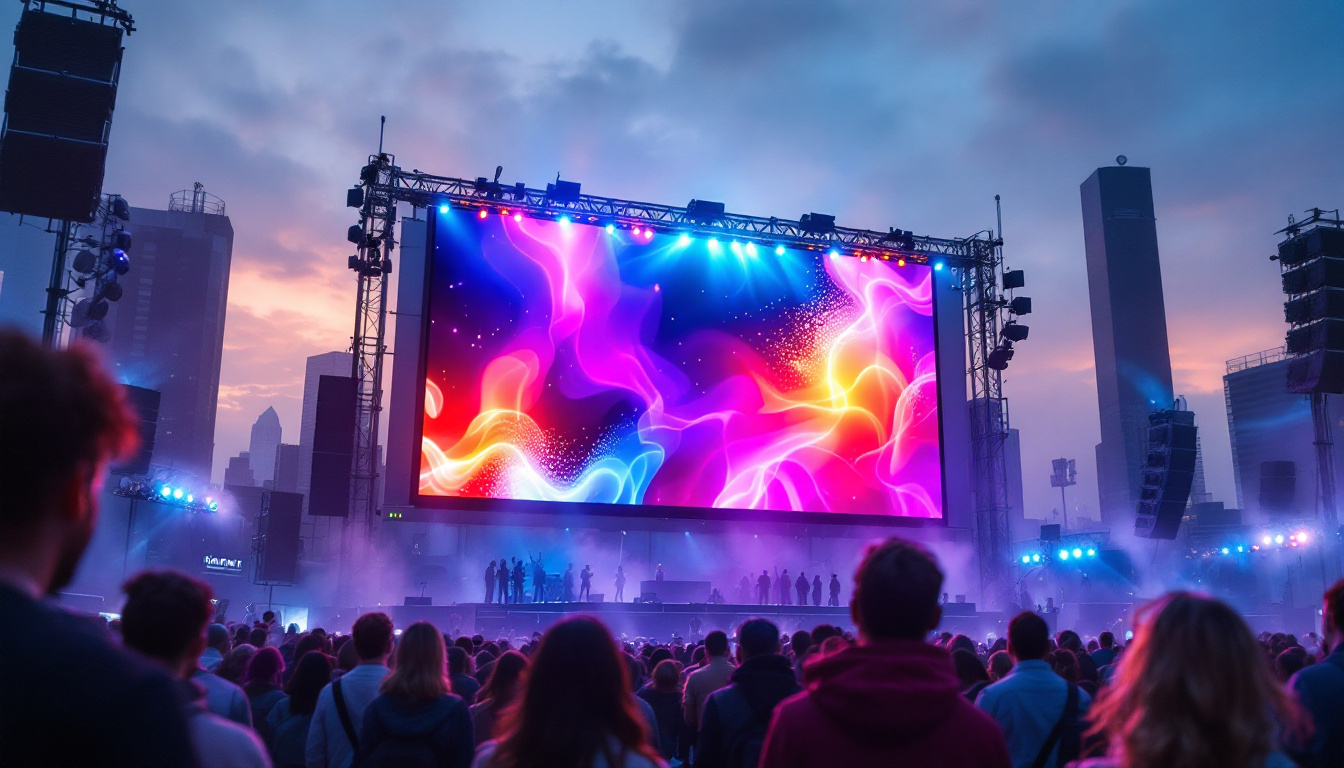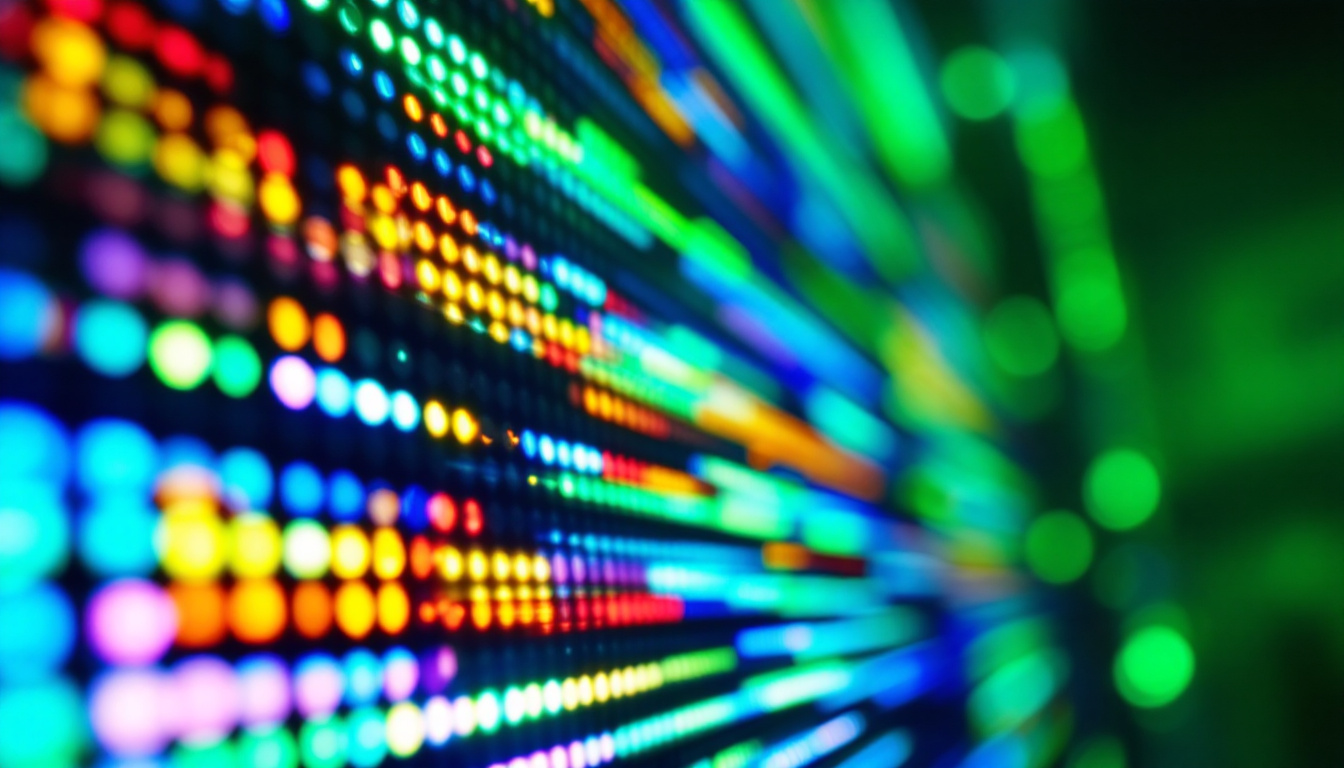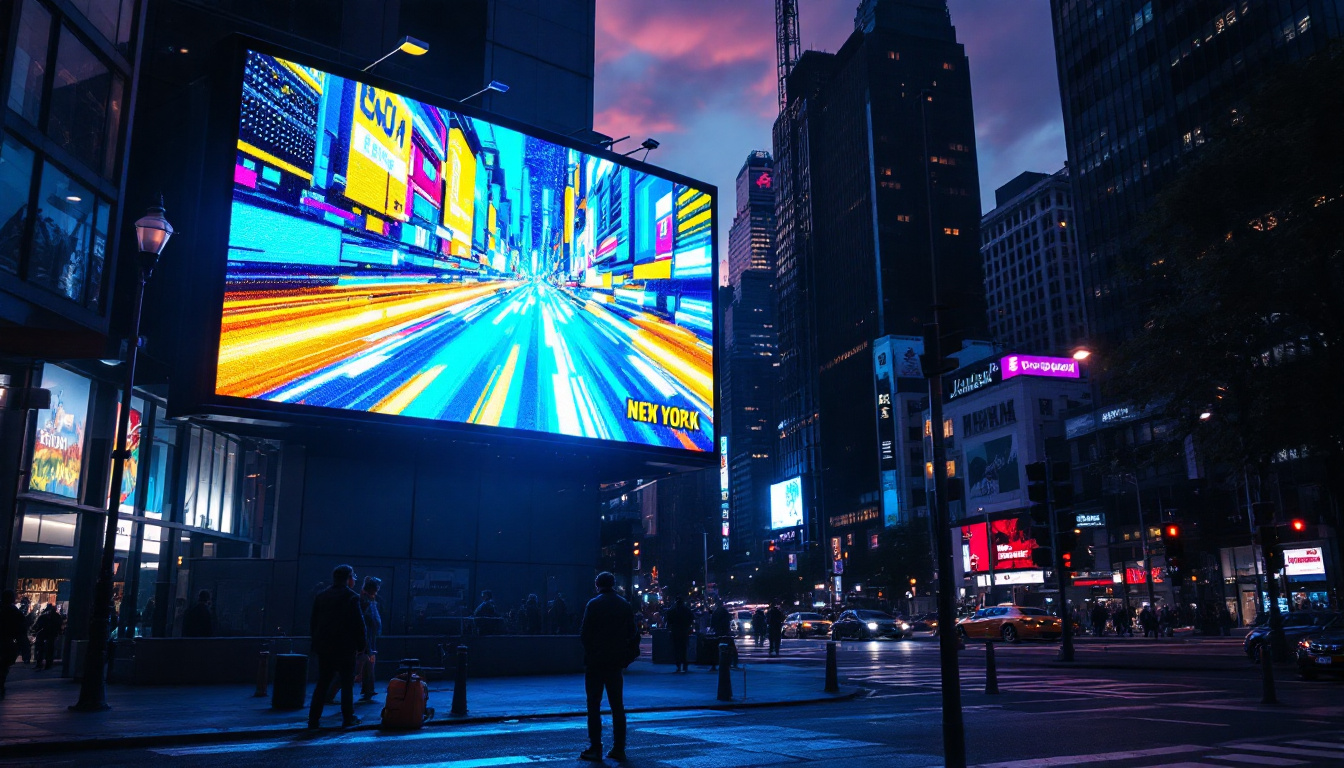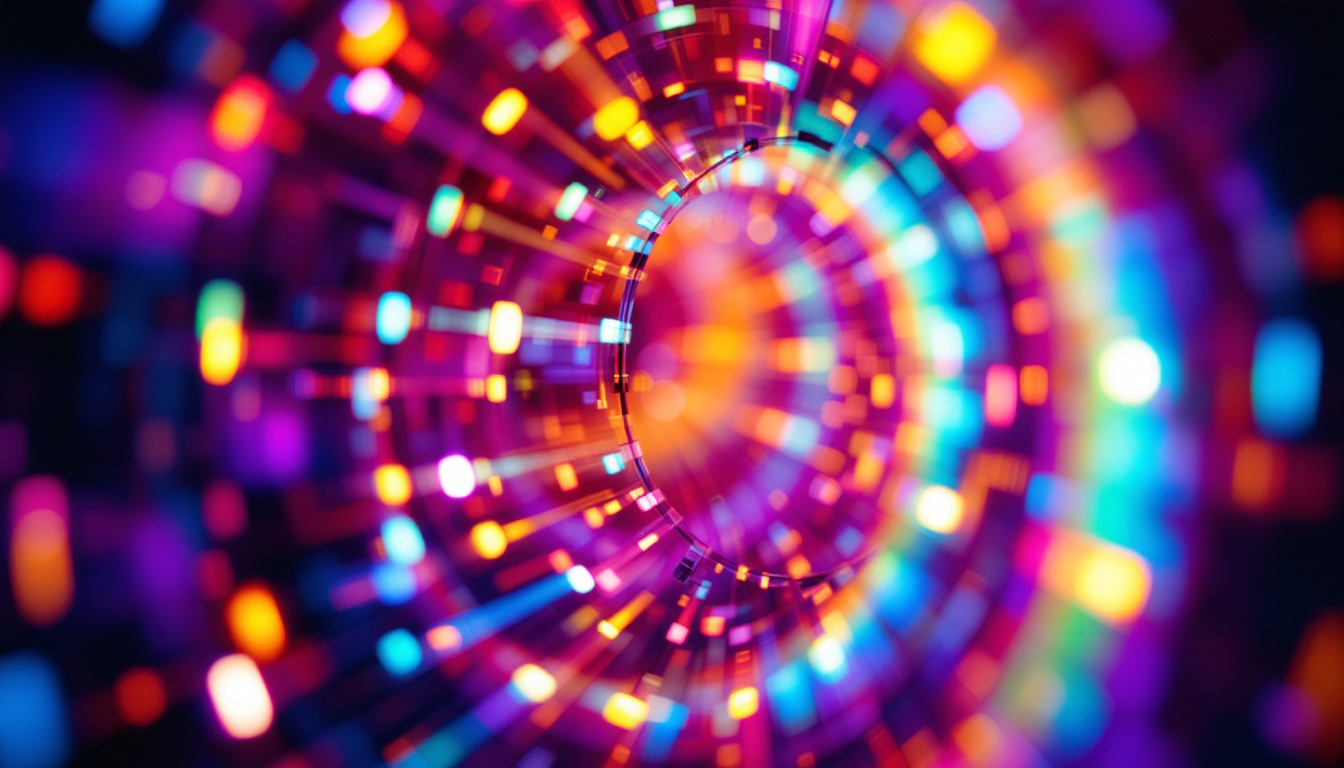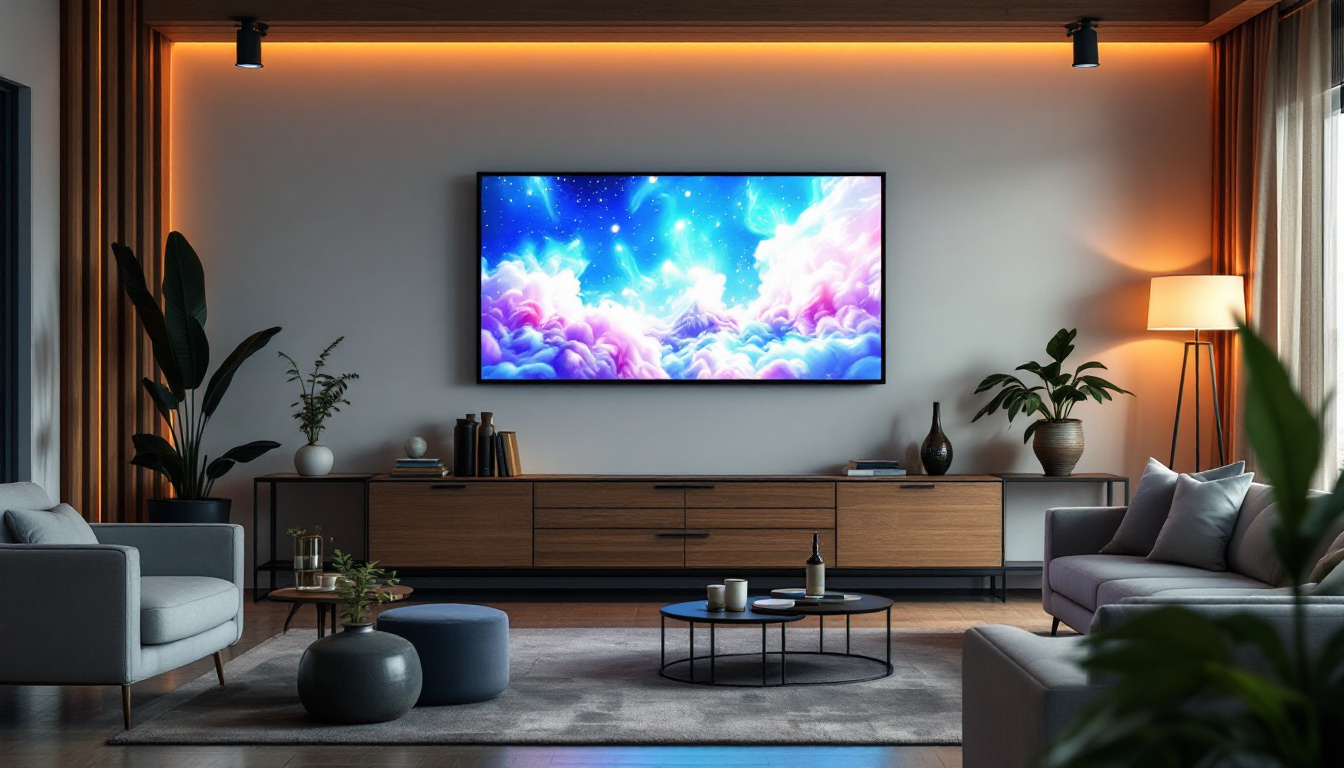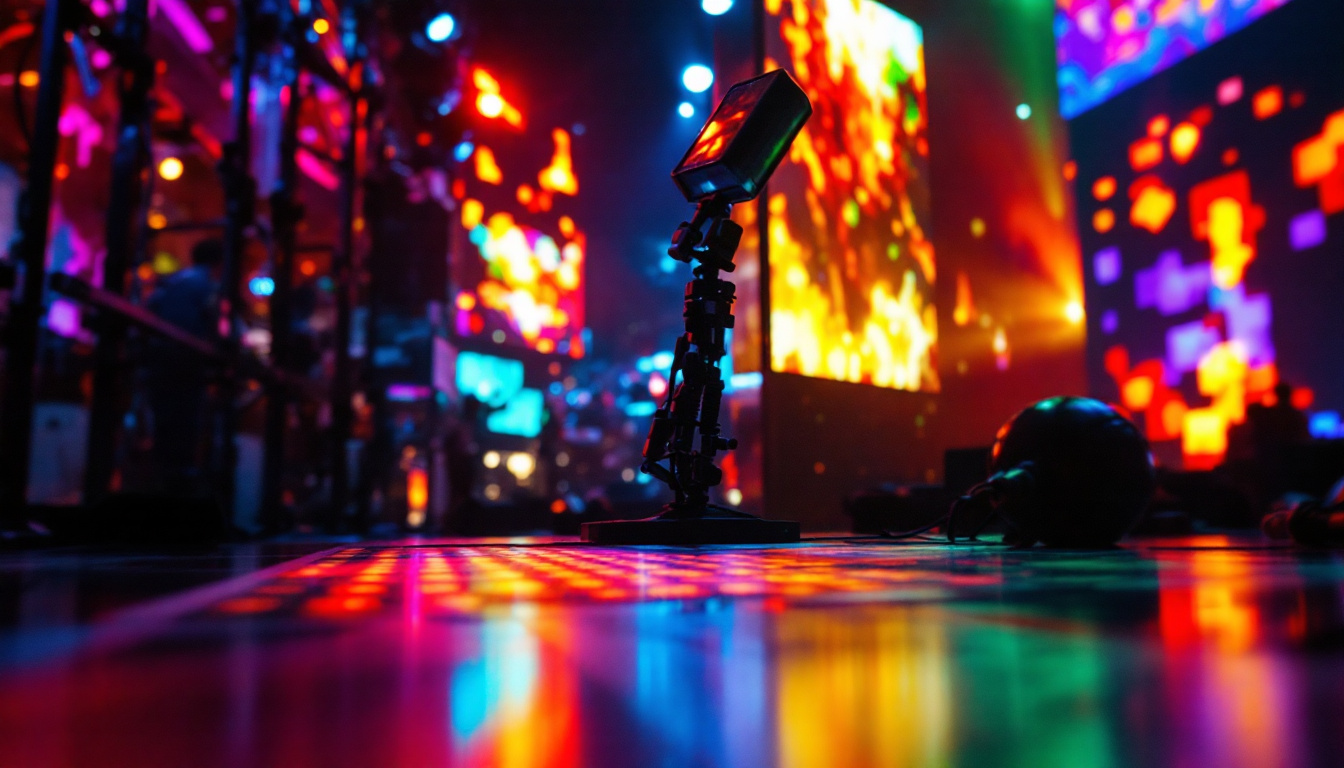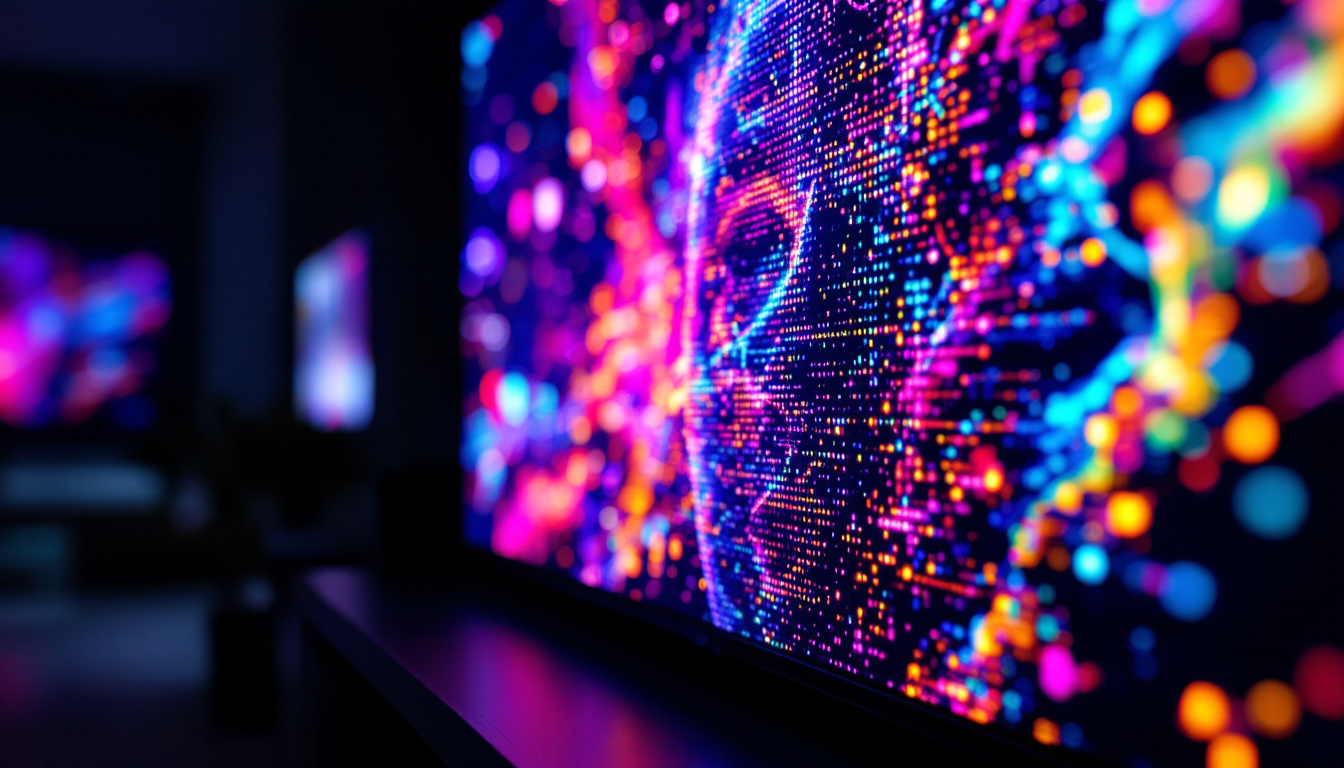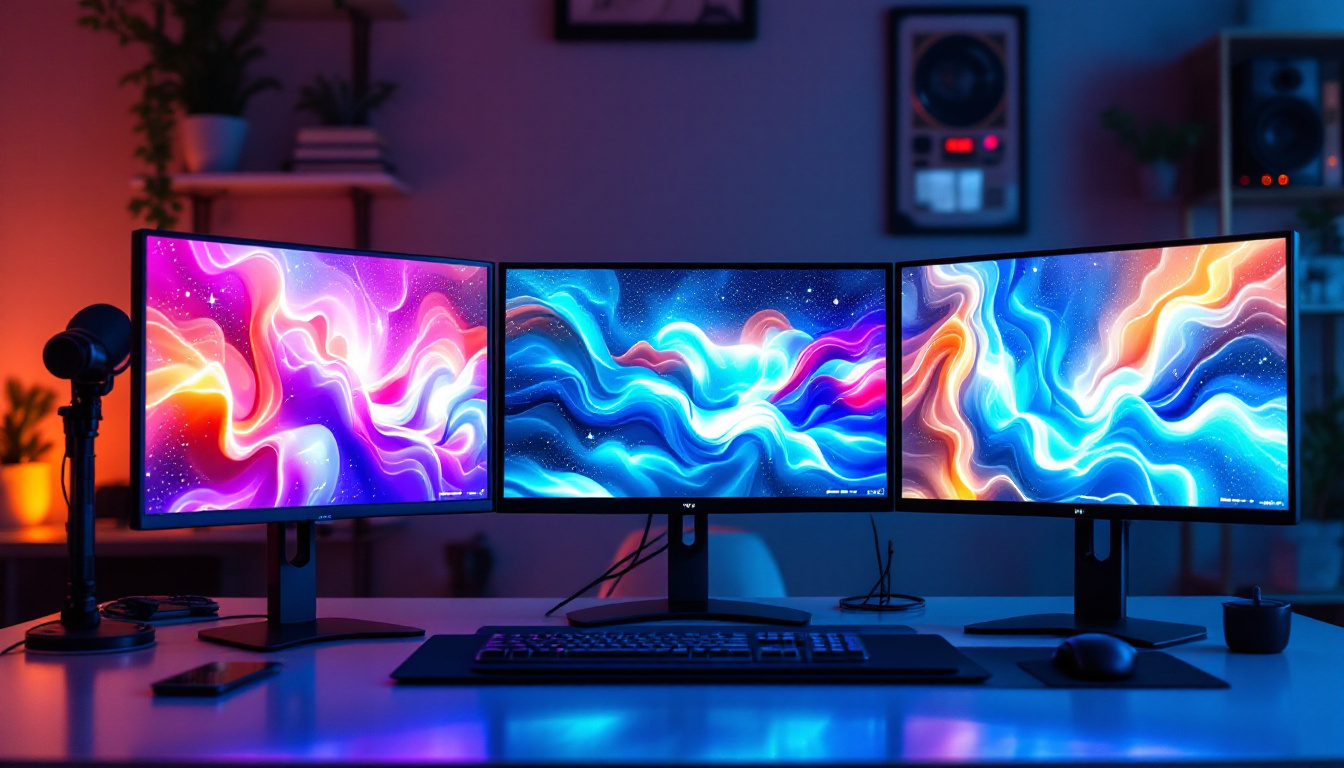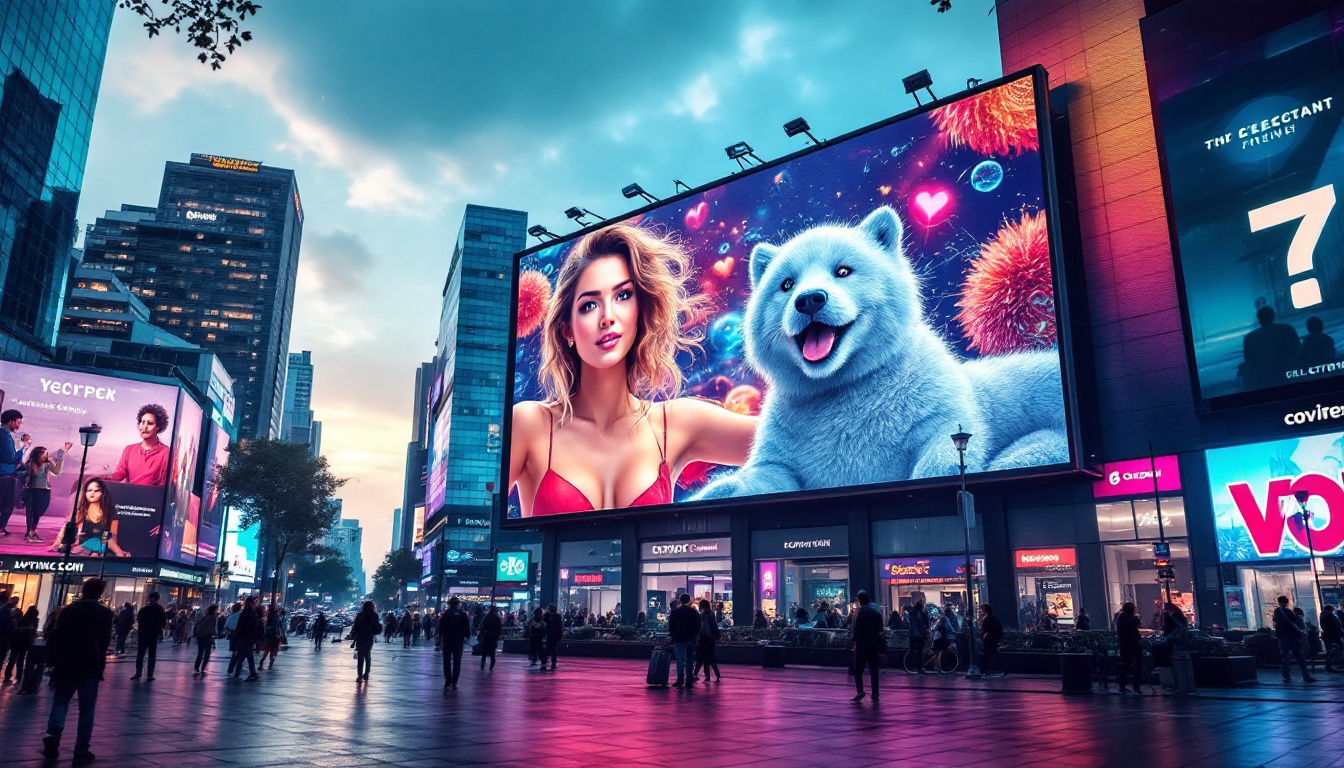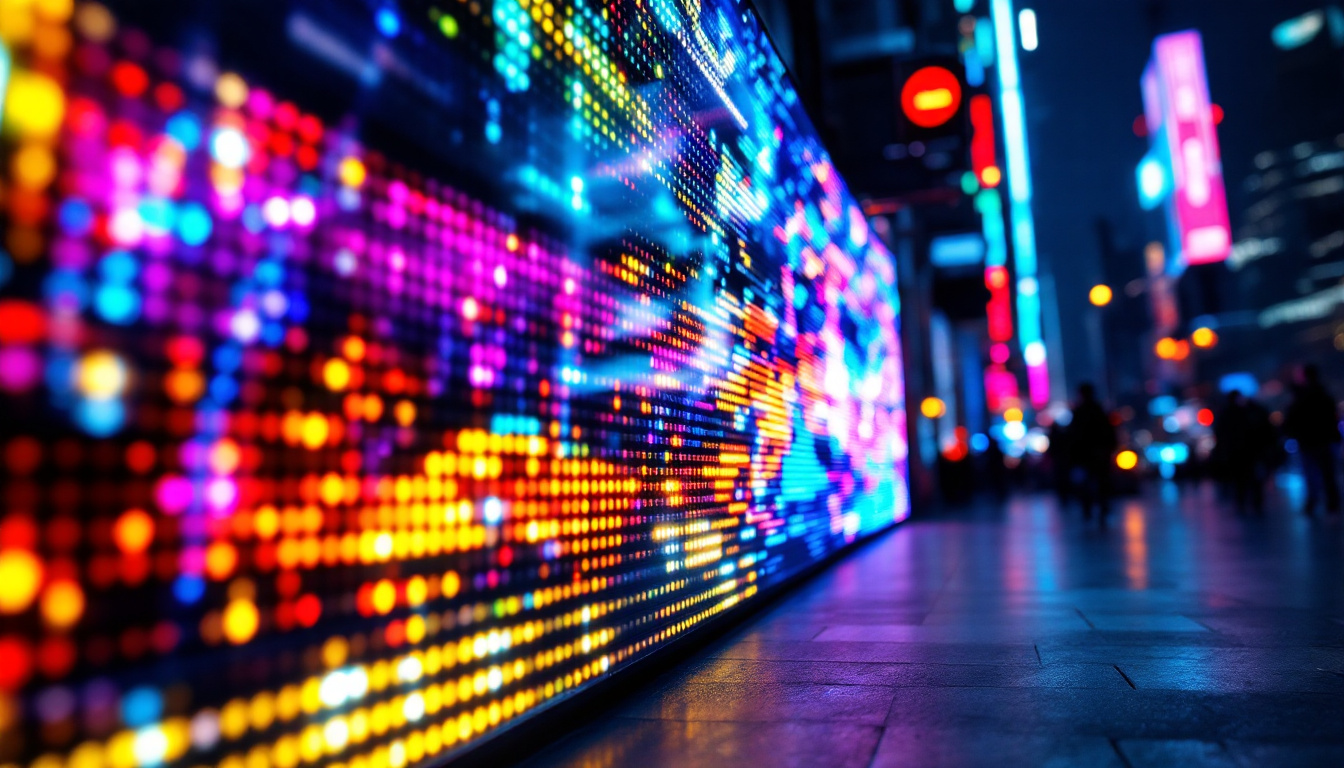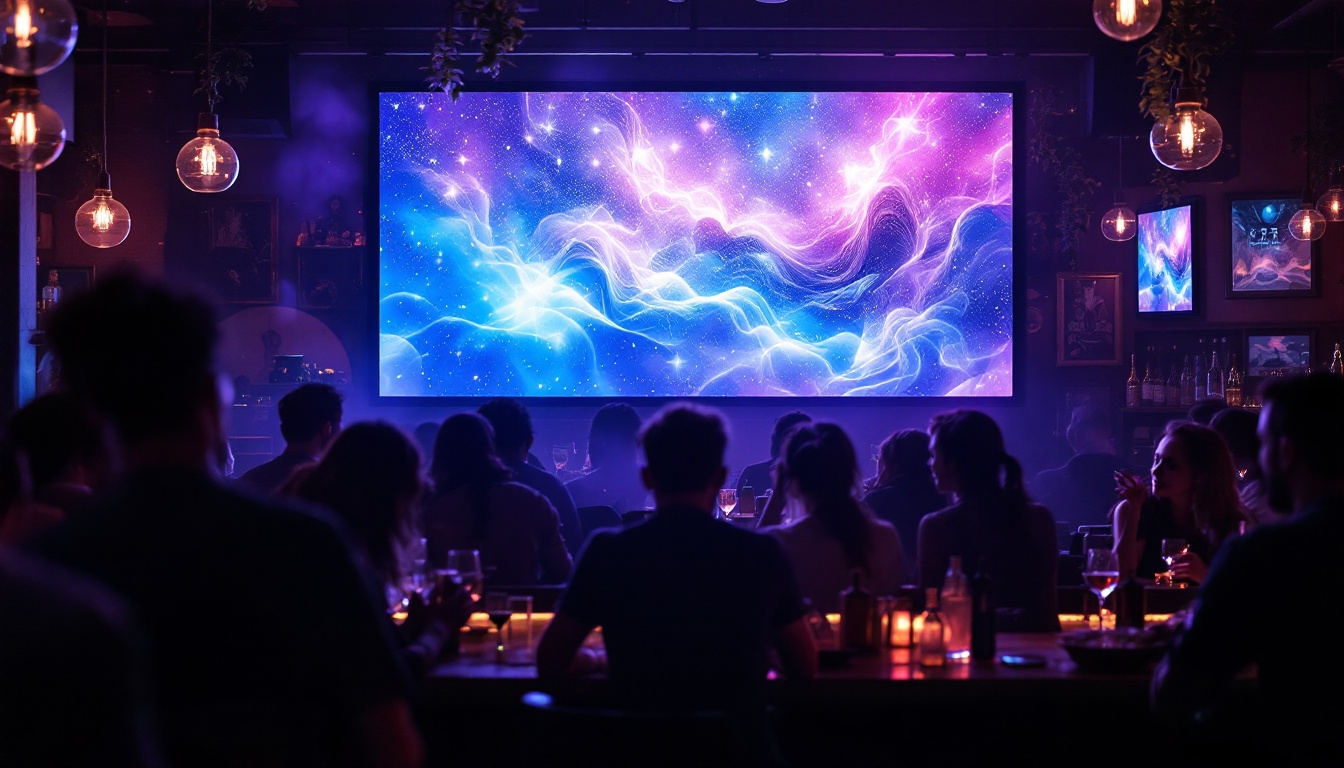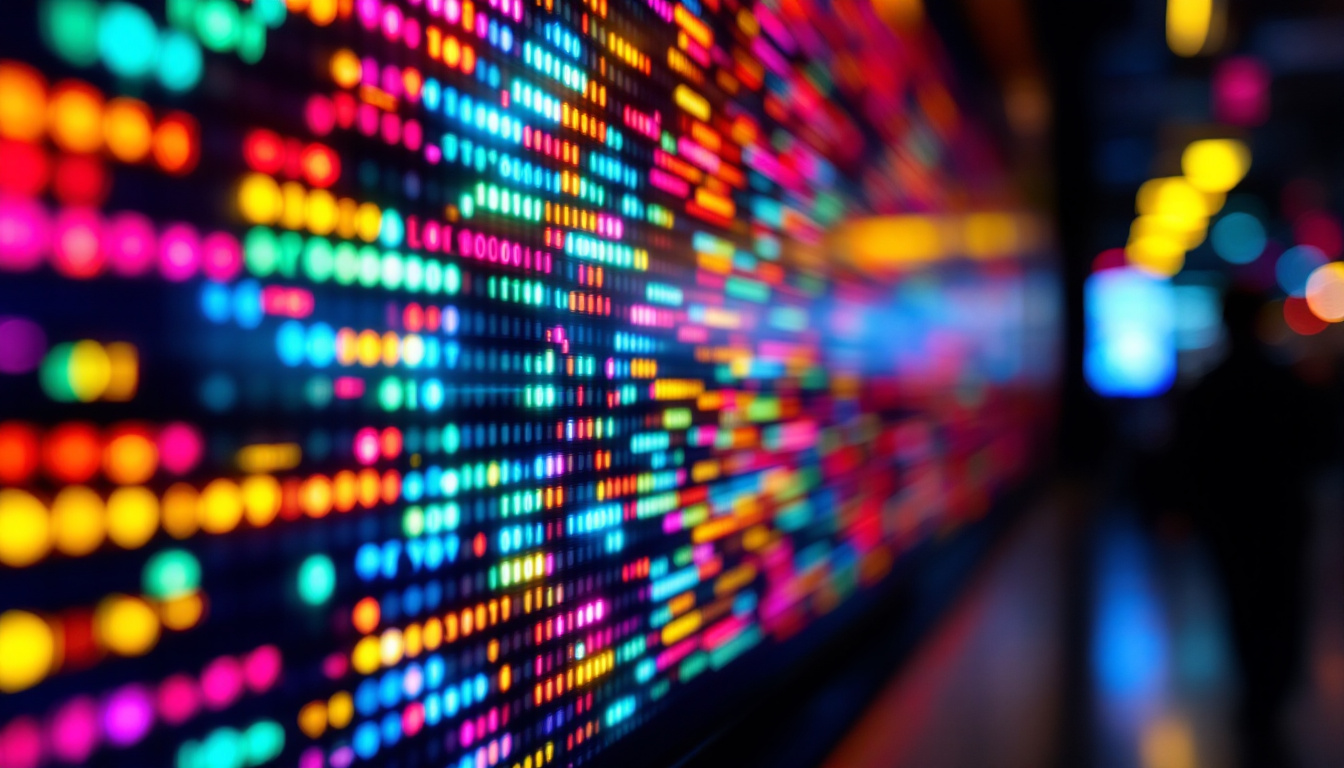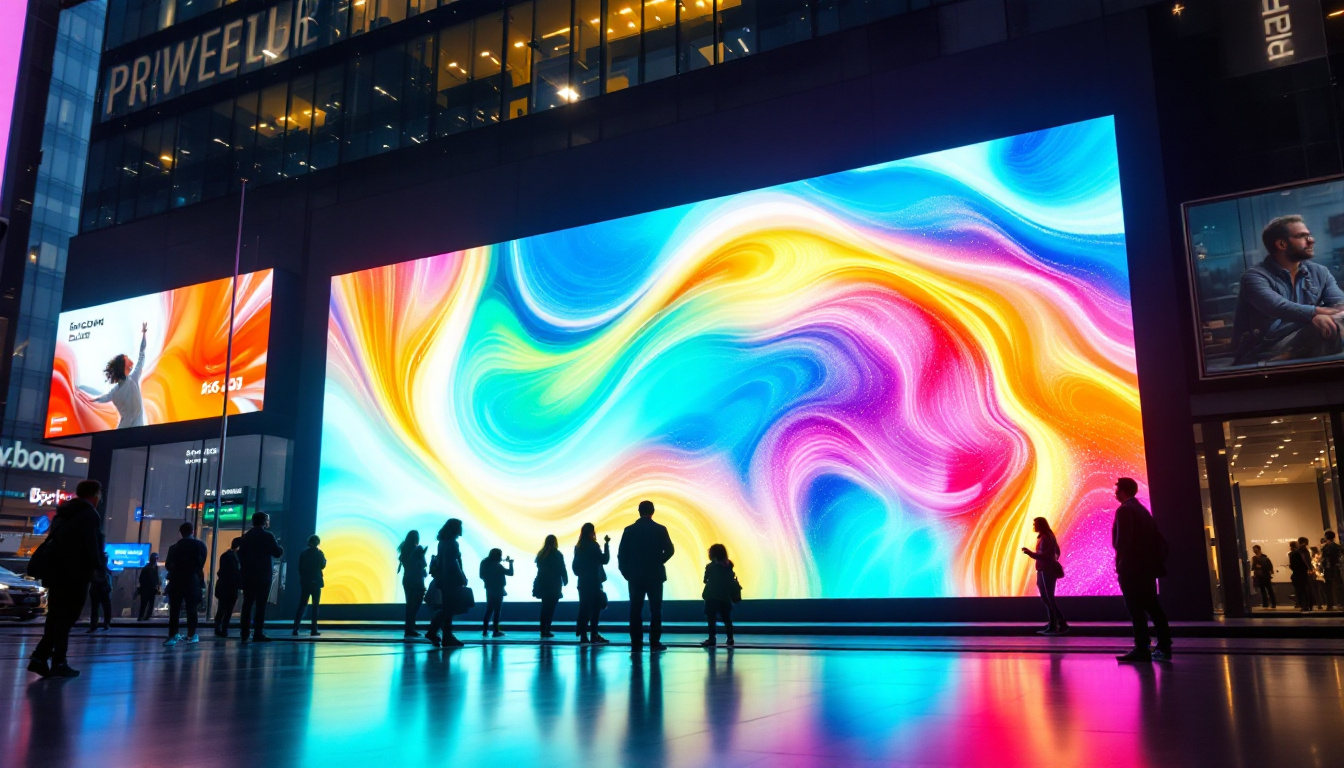In the modern digital age, the way we interact with technology has evolved dramatically. One of the most significant advancements in this realm is the development of touch and screen technology, particularly LED displays. This article delves into the intricacies of LED displays, exploring their functionality, advantages, and the role they play in our daily lives.
Understanding LED Technology
Light Emitting Diode (LED) technology has revolutionized the way screens display images and videos. Unlike traditional LCD screens, which rely on backlighting, LED displays use an array of tiny light-emitting diodes to produce vibrant colors and sharp images. This fundamental difference not only enhances visual quality but also contributes to energy efficiency. The transition to LED technology has been a game changer in various fields, including television, computer monitors, and even mobile devices, allowing for thinner, lighter, and more versatile designs.
The Basics of LED Displays
LED displays consist of a matrix of pixels, each made up of red, green, and blue diodes. By adjusting the intensity of these colors, the display can create a wide spectrum of colors. This pixel-based technology allows for greater contrast ratios and more vivid images compared to older technologies. Additionally, the rapid response time of LEDs means that motion graphics and fast-paced videos are rendered smoothly, reducing motion blur and enhancing the viewing experience.
Moreover, LED displays can be categorized into two main types: Direct View LED and LED-backlit LCD. Direct View LED displays are composed entirely of LEDs, while LED-backlit LCDs use LEDs to illuminate an LCD panel. The choice between these types often depends on the application, with Direct View LEDs being favored for large-scale displays and advertising. In contrast, LED-backlit LCDs are commonly used in consumer electronics due to their cost-effectiveness and ability to deliver high-quality images in a compact form factor. As technology continues to advance, we are also seeing the emergence of MicroLED displays, which promise even finer resolutions and improved performance.
How LED Displays Work
The operation of an LED display hinges on the principles of electroluminescence. When an electric current passes through the diodes, they emit light. This process is highly efficient, resulting in lower energy consumption and longer lifespans compared to traditional display technologies. The durability of LEDs means they can withstand more rigorous use, making them ideal for both commercial and residential applications.
In addition to energy efficiency, LED displays offer superior brightness and contrast. This makes them ideal for a variety of environments, from dimly lit rooms to bright outdoor settings. The ability to produce high levels of brightness without significant energy expenditure is one of the key advantages of LED technology. Furthermore, advancements in LED technology have led to improvements in color accuracy and uniformity, allowing for a more immersive viewing experience. This is particularly important in professional settings such as graphic design and video production, where precise color representation is crucial. As the demand for high-quality displays continues to grow, LED technology is poised to remain at the forefront of display innovation, paving the way for even more exciting developments in the future.
The Role of Touch Technology
Touch technology has become an integral part of modern displays, allowing users to interact with devices in a more intuitive manner. The combination of touch and LED display technology has led to the development of interactive screens that enhance user experience across various applications. From smartphones to large-scale digital signage, touch technology is reshaping how we access and consume information, making it more engaging and accessible than ever before.
Types of Touch Technology
There are several types of touch technology used in conjunction with LED displays, including resistive, capacitive, and optical touch screens. Each type has its own unique characteristics and applications. Understanding these differences is crucial for selecting the right technology for specific use cases, whether it be for consumer electronics, industrial controls, or interactive installations.
Resistive touch screens are composed of two thin layers separated by a small gap. When pressure is applied, the layers touch, completing a circuit. This technology is cost-effective and works well with gloves or styluses, making it suitable for industrial applications. Additionally, resistive screens are less susceptible to environmental factors such as dust and moisture, which can be advantageous in outdoor settings or harsh environments.
Capacitive touch screens, on the other hand, utilize the electrical properties of the human body. They are more sensitive and can detect multiple touch points, allowing for gestures like pinch-to-zoom. This technology is commonly found in smartphones and tablets, providing a responsive and fluid user experience. Capacitive screens also support multi-touch functionality, which has become a standard expectation in modern devices, enabling complex interactions that enhance usability.
Benefits of Touch and LED Integration
The integration of touch technology with LED displays has transformed the way users interact with devices. This combination allows for a seamless user experience, where commands can be executed with simple gestures. The intuitive nature of touch screens encourages engagement, making them ideal for educational tools, kiosks, and interactive displays. In educational settings, for instance, touch-enabled LED screens facilitate collaborative learning, allowing multiple students to interact with the content simultaneously, fostering a more dynamic learning environment.
Furthermore, the durability of LED displays complements touch technology well. Many LED screens are designed to withstand frequent touch interactions, making them suitable for high-traffic environments like retail stores and public information systems. The vibrant colors and high brightness of LED displays also enhance visibility, ensuring that content remains engaging and easy to read in various lighting conditions. This synergy between touch and LED technology not only improves user satisfaction but also opens up new possibilities for innovative applications, such as interactive art installations and immersive gaming experiences that rely on real-time user input.
Applications of LED Displays
LED displays are ubiquitous in today’s world, finding applications in various sectors. Their versatility and performance make them a preferred choice for numerous uses, ranging from advertising to entertainment.
Advertising and Marketing
One of the most prominent applications of LED displays is in advertising. Digital billboards and signage leverage the vibrant colors and high brightness of LED technology to capture attention. These displays can be easily updated with dynamic content, allowing businesses to promote products and services in real-time.
The ability to display video content and animations further enhances the effectiveness of LED advertising. Brands can create engaging narratives that resonate with consumers, leading to higher engagement rates and improved brand recall. Additionally, the strategic placement of LED displays in high-traffic areas ensures maximum visibility, making them an essential tool for marketers aiming to reach a broad audience. The interactive capabilities of some LED displays also allow for consumer engagement through touch screens or QR codes, bridging the gap between traditional advertising and digital interactivity.
Entertainment and Events
In the entertainment industry, LED displays play a crucial role in enhancing the visual experience. Concerts, sporting events, and festivals often utilize large-scale LED screens to provide audiences with immersive visuals. These displays can showcase live feeds, graphics, and animations, creating a captivating atmosphere.
Moreover, LED technology is also making its mark in cinema. Many theaters are now adopting LED screens for their ability to deliver exceptional picture quality, providing viewers with a more engaging cinematic experience. The brightness and color accuracy of LED screens allow filmmakers to present their work as intended, with vibrant colors and deep contrasts that enhance storytelling. Beyond traditional cinema, LED displays are also being integrated into virtual reality experiences, where they help create immersive environments that transport users to different worlds. This trend is revolutionizing not only how we consume entertainment but also how we interact with it, paving the way for more innovative and engaging formats in the future.
The Future of LED Displays
The future of LED display technology appears promising, with ongoing advancements that are set to enhance their capabilities further. Innovations in pixel density, flexibility, and energy efficiency are paving the way for new applications and improved user experiences.
Emerging Technologies
One of the most exciting developments in LED technology is the emergence of MicroLED displays. These displays utilize microscopic LEDs to create images, offering higher resolution and better color accuracy than traditional LED screens. MicroLED technology promises to deliver stunning visuals while maintaining energy efficiency.
Additionally, flexible LED displays are gaining traction, allowing for curved and bendable screens that can fit into a variety of spaces. This adaptability opens up new possibilities for design and functionality, particularly in consumer electronics and architecture.
Sustainability Considerations
As the world becomes increasingly aware of environmental issues, sustainability in display technology is becoming a priority. LED displays are inherently more energy-efficient than their predecessors, but there is a growing focus on making the entire lifecycle of these products more sustainable.
From the sourcing of materials to the disposal of old displays, manufacturers are exploring ways to minimize their environmental impact. This includes using recyclable materials and developing energy-efficient production processes. As sustainability becomes a key factor in consumer choices, manufacturers that prioritize eco-friendly practices will likely gain a competitive edge.
Conclusion
In summary, the evolution of touch and LED display technology has transformed the way we interact with devices and consume information. The combination of vibrant visuals and intuitive touch capabilities has created a more engaging user experience across various applications, from advertising to entertainment.
As advancements continue to shape the future of LED displays, the potential for innovation remains vast. With emerging technologies and a focus on sustainability, the next generation of LED displays promises to be even more efficient, versatile, and impactful. As society moves forward, embracing these technologies will undoubtedly enhance the way we connect with the digital world.
Discover LumenMatrix LED Display Solutions
As you embrace the future of digital interaction and visual display, LumenMatrix invites you to experience the next level of LED technology. Our innovative solutions, including Indoor and Outdoor LED Wall Displays, Vehicle LED Displays, LED Poster Displays, LED Sports Displays, Floor LED Displays, Custom LED Displays, All-in-One LED Displays, and LED Transparent Displays, are designed to captivate your audience and amplify your message. Join us in revolutionizing visual communication and explore how our cutting-edge LED display modules can transform your brand’s visibility. Check out LumenMatrix LED Display Solutions and step into a world of vibrant, engaging, and sustainable display technology.


